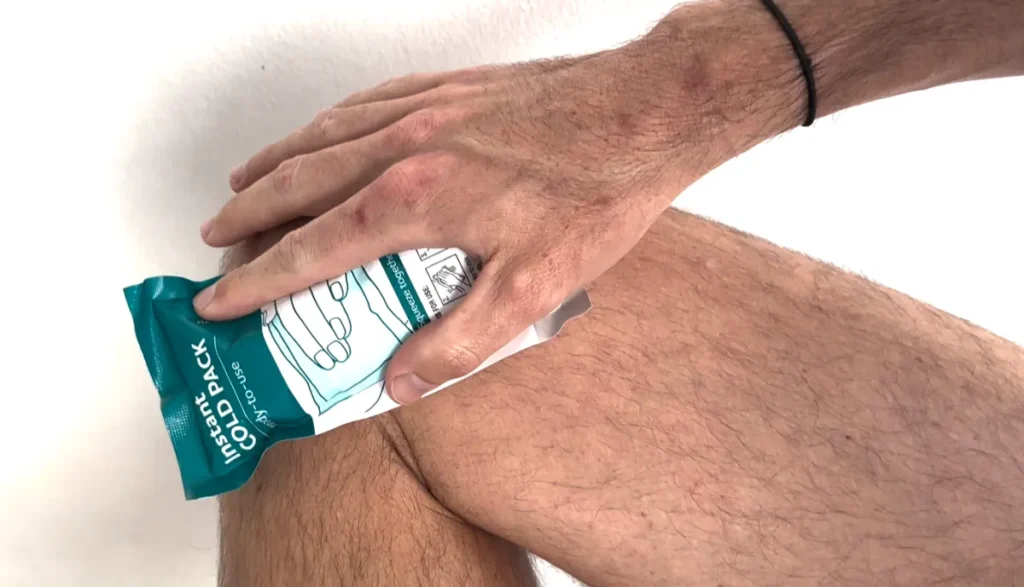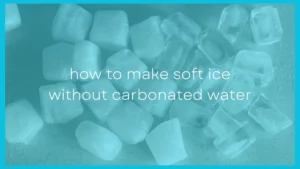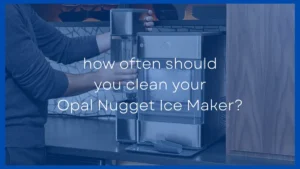Instant cold packs are an ingenious invention and should be on your checklist when packing for any outdoor activity or sporting event.
They can be a lifesaver in a tricky situation, providing much needed relief in the event of swelling or pain. But how long do these instant cold packs really last and how can you make them last longer?
Most instant cold packs will last 15 to 25 minutes once activated. The exact time will vary slightly from product to product and also depends on the ambient conditions it is exposed to while in use. Instant cold packs have a shelf life of about 3 to 4 years if stored correctly. The expiration date should be found on the packaging.
If preparing for your next outdoor adventure or sporting event you will be well advised to toss a few instant cold packs into your first-aid kit.
These little packs of goo that freeze before your eyes might seem almost too good to be true and probably have you asking: How long could it possibly stay cold for?
In this article we will discuss in detail how long you can expect an instant ice pack to last by explaining the science that makes these products possible.
Why Do Instant Cold Packs Last As Long As They Do?
The chemical reaction responsible for creating the cold only lasts a certain amount of time before the liquid inside the pack will start returning to room temperature.
You see, an instant ice pack is essentially a bag inside a bag. One bag contains water and keeps it from mixing with another chemical (usually ammonium nitrate). When you bend and shake the pack you are breaking the inside bag thereby exposing the water to the ammonium nitrate and a chemical reaction ensues.
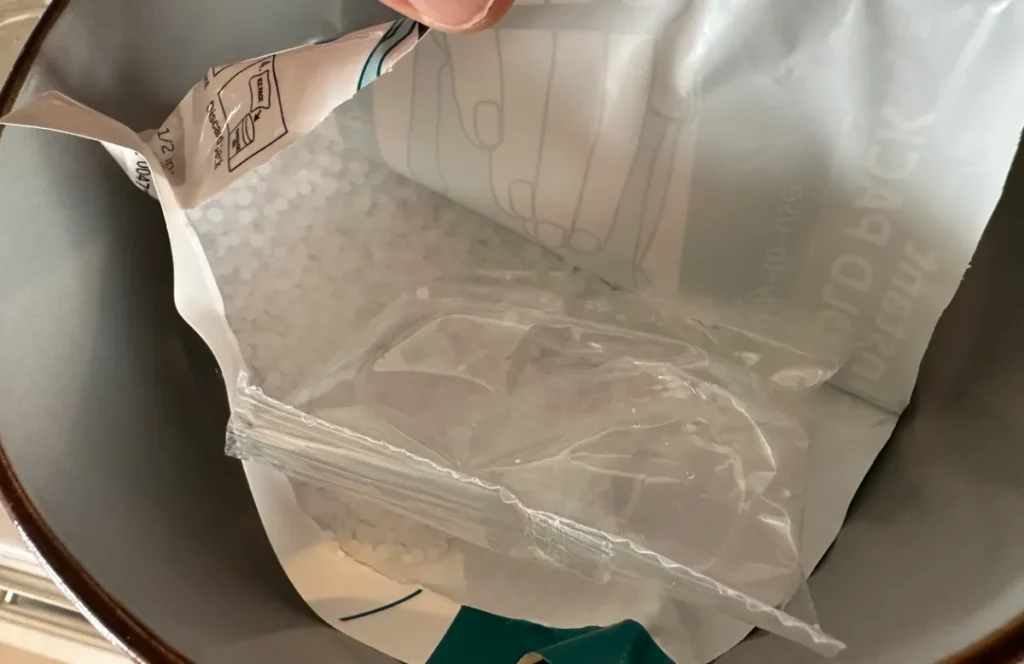
The reaction occurring is an endothermic one.
An endothermic reaction is one in which energy from the surrounding environment is absorbed in order to allow the reaction to happen. This results in a rapid drop in temperature as heat is taken away from the contents of the cold pack in order to facilitate the reaction.
This endothermic reaction is what causes the liquid in the bag to become cold extremely quickly. When the reaction stops no more cold is generated and the pack begins to returns to ambient temperature.
Other Factors Affecting How Long Instant Ice Packs Last

The other main factors that determines how long an instant ice pack will keep its chill is:
- The manufacturer. Each brand of ice pack you find will be slightly different. Some will last 15 minutes while others will last 25.
- The size of the bag. The larger the bag the more thermal mass and the longer it will stay cold.
- The chemical contents. Different chemical compounds can stay colder from longer than others
- The materials used for the outer bag itself. This can influence the freeze time by a small amount but it's usually negligible.
You should find an indication of how long you can expect a pack to last on the packaging or product page.
It also depends on how you use the pack. Keeping it close against the body will cause it to lose its cool a lot faster than throwing a couple into an insulated cooler.
Similarly, on a cool day they will tend to last fractionally longer than during a scorcher.
Do Instant Cold Packs Have a Shelf Life? Do Instant Cold Packs Go Bad?

You may also be wondering if these cold packs can go bad over time. Well, the answer is yes, they can.
There will be an expiration date on the packaging so be sure to check for it and replace them when necessary.
In general these cold packs can last anything from 2 to 4 years if stored correctly. However, as long as the bag inside isn't broken there is a high chance the instant cold pack will still last even past it's expiration date.
How to Make Ice Packs Last Longer
If you want to make your instant cold pack last longer your aim should be to reduce the surface area that is exposed to the outside air. Here are a few ways you could achieve this:
- Folding the pack in half
- Wrap it in a towel for insulation
- Place it in a cooler or insulated container (for when you need to keep something cool during transport)
Instant Cold Pack vs Gel Pack: Which lasts longer? Why?
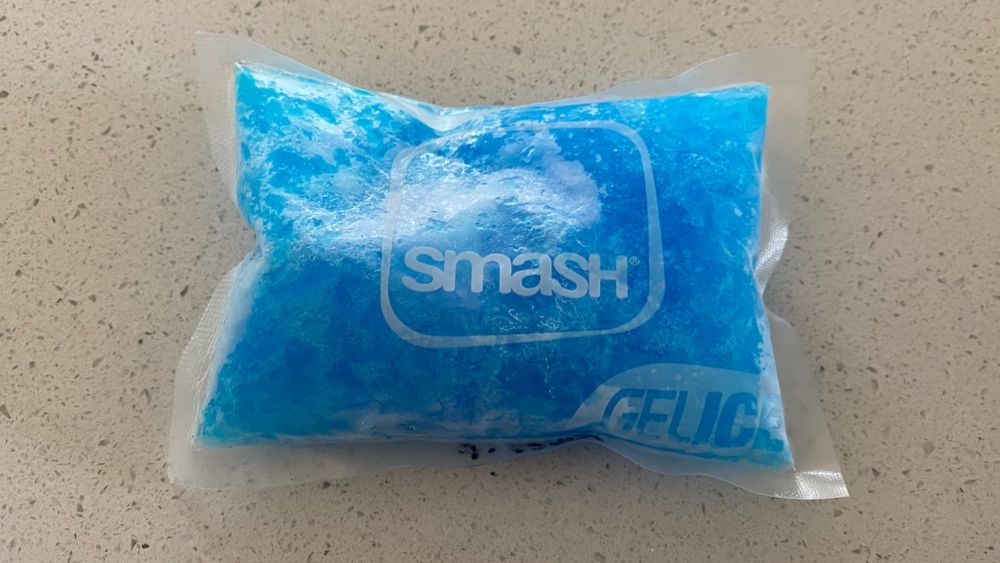
Most instant cold packs experience a drop in temperature to around 33°F (0.5°C). On the other hand, there are gel packs on the market that reach temperatures as low as minus -13°F (-25°C). But this is only if you have a freezer that cold.
Generally speaking a gel pack from a freezer will last longer than an instant cold pack as it both starts out colder and has more heat capacity.
Instant cold packs only have a small amount of water (which is the majority of the heat capacity) and some crystals made of urea or some other chemical.
My instant cold pack only got down to around 54ºF (12ºC) and warmed up very quickly within 5-10 minutes. Whereas a gel ice pack starts at around 0ºF (-18ºC) and lasts for as long as 30-40 minutes.
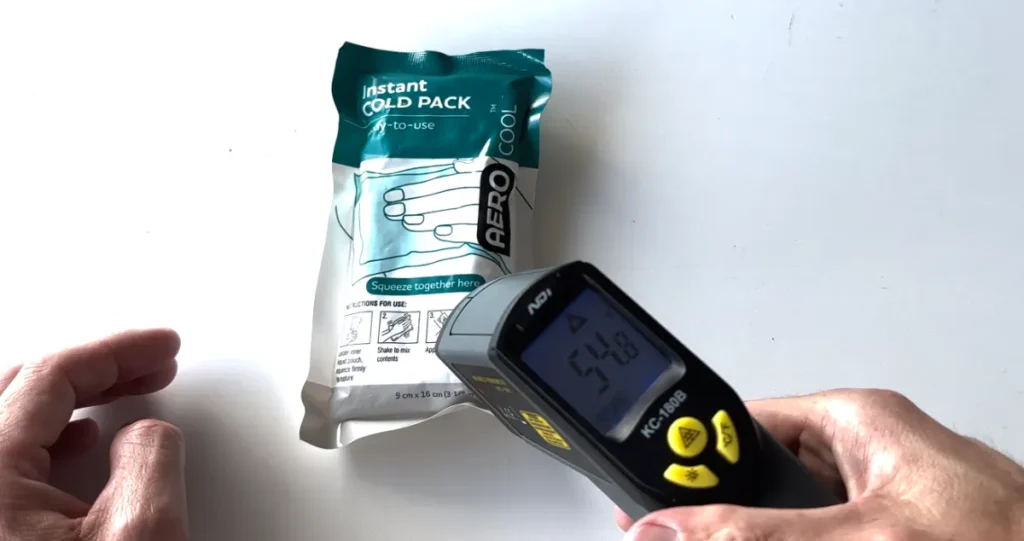
As you can see the gel packs freeze at much lower temperatures than the instant ones can reach. They will therefore stay colder for much longer than the instant packs.
This comes down to the fact that the instant packs rely on a chemical reaction to produce the cold whereas the gel packs are placed in a freezer and use the cold of the freezer to be brought down to these lower temperatures.
The obvious disadvantage gel packs have when compared to the instant cold packs is having to be placed in the freezer for at least 2 hours before use. This makes them good for chronic ailments or post-surgery applications but ill-suited for unexpected emergency situations.
In Summary
Instant cold packs can provide targeted cold therapy for up to 15 minutes and should be an indispensable feature in any first aid kit.
Their main selling point is that they do not require freezing or refrigeration. This makes them portable and allows you to take them with you to wherever you might need it.
Once activated the chemical reaction begins to immediately drop the temperature in the pack to near freezing. The cold pack can then be applied to sprains, swelling, bites and other pains for soothing relief.
Once the chemical reaction has run its course the cold pack will begin returning to room temperature. At this point you will need to dispose of the spent cold pack as they are not reusable.
Here are some Pros and Cons of instant cold packs:
| Pros | Cons |
|---|---|
| Instant cold (no freezing) | Non re-usable (single use. must be disposed of) |
| Lightweight and portable | Not as cold or as long lasting as gel packs |
| Easy to use | |
| Good for emergencies |

